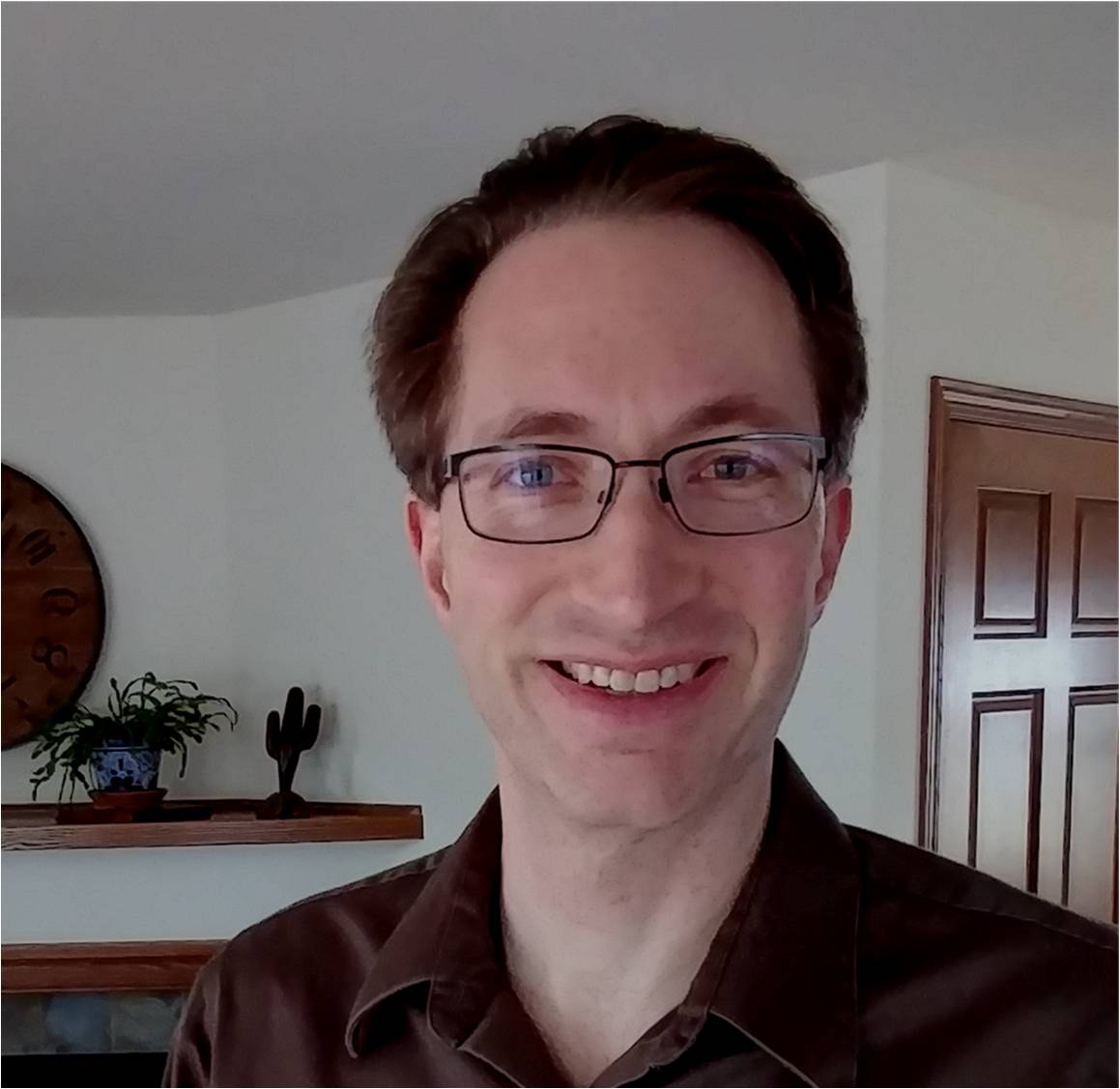|
|
| 2013 - present | Graduate Student in Computer Sciences - University of Wisconsin-Madison - PhD anticipated 2019 |
| 2015 | MS - Computer Sciences - University of Wisconsin-Madison |
| 2011-2013 | Associate Professor - Department of Chemistry and Biochemistry - Benedictine College |
| 2005-2011 | Assistant Professor - Department of Chemistry and Biochemistry - Benedictine College |
| 2006 | Research Scientist - MRSEC Program - University of Nebraska-Lincoln |
| 2002-2005 | Postdoctoral Researcher - Naval Research Laboratory - Washington, DC |
| 1997-2002 | PhD - Physical Chemistry - University of South Carolina |
| 1993-1997 | BS - Chemistry and Biology - Luther College |

